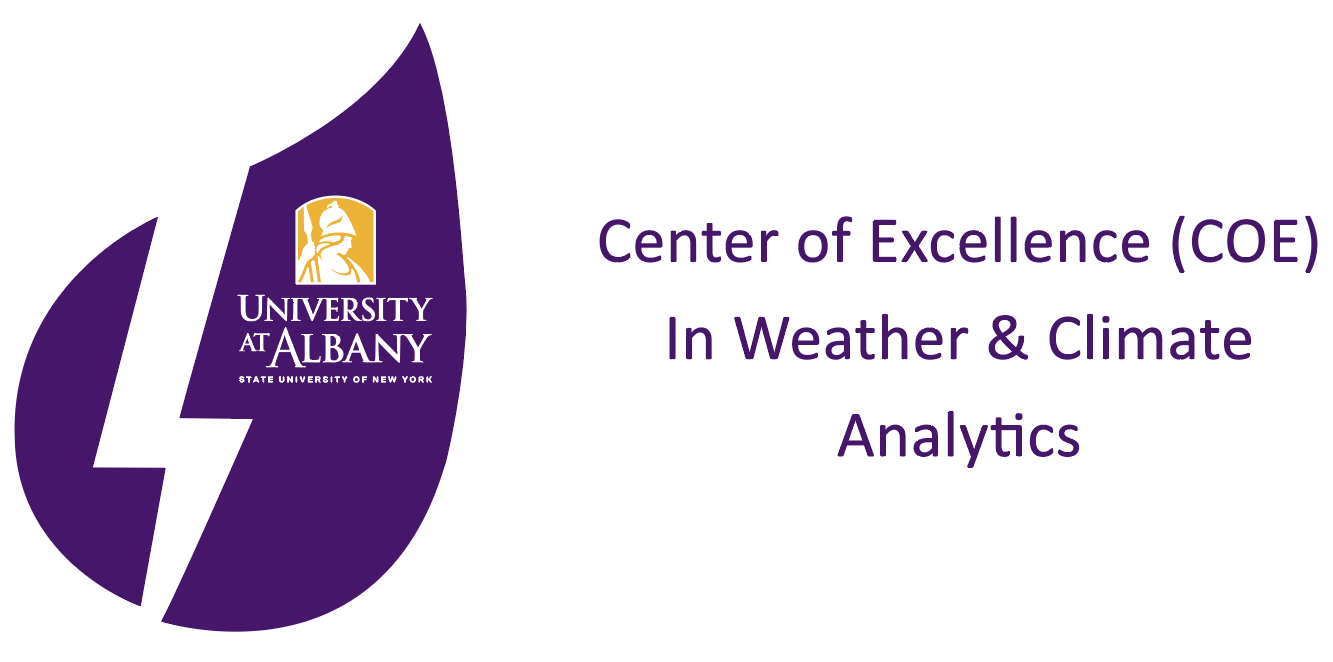Virtual Offshore Wind Energy Laboratory & Simulator (VOWELS)
•Recognizes that the dynamics of adding GW-scale wind projects to grid networks, both being highly weather-sensitive, is not well known
•Catalyst for research & collaborative activities addressing concerns of key stakeholders
•Goal is to understand offshore wind dynamics & high-impact events in pursuit of a smoother, more predict-able integration of offshore wind
“Simulator” component:
•Modeling output of planned projects in real-time via online VOWELS dashboard
•Power output & weather data
•Current, past 24 hrs, next 24 hrs
•Updated hourly
•Data for individual projects & selectable project aggregates (e.g., by state or ISO)
About vowels
The Virtual Offshore Wind Energy Laboratory & Simulator (VOWELS for short) is a new UAlbany-led program designed to simulate the anticipated production dynamics of over 30 GW of planned offshore wind energy capacity along the New England and Mid-Atlantic coasts, while investigating certain weather-driven phenomena that may cause high impact generation events. Event types include: sudden loss of full-capacity generation when wind conditions exceed project cut-out speeds, large concurrent ramps, and long-duration regional wind lulls, among others.
The objective of VOWELS is to provide interested stakeholders—grid operators, government planners, project developers, researchers—with virtual experience about the production characteristics of future offshore wind capacity at designated sites in the context of current and historical marine weather and grid conditions. The “laboratory” component of VOWELS will engage in research into the nature and probabilities of significant weather phenomena, including storms, wind droughts, and sea breezes, together with the potential impacts of climate change over the next few decades. The “simulation” component uses an online dashboard to display the predicted real-time hourly output of all offshore wind projects as if they were operating today. UL Solutions, LLC has partnered with UAlbany to produce these predictions.
“Laboratory” research topics:
•Extreme winds & storms
•Large ramps
•Wind droughts
•Sea breezes & low level jets
•Predictability of high impact events
•Concurrent conditions for load, solar, etc.
•Affects of climate change




